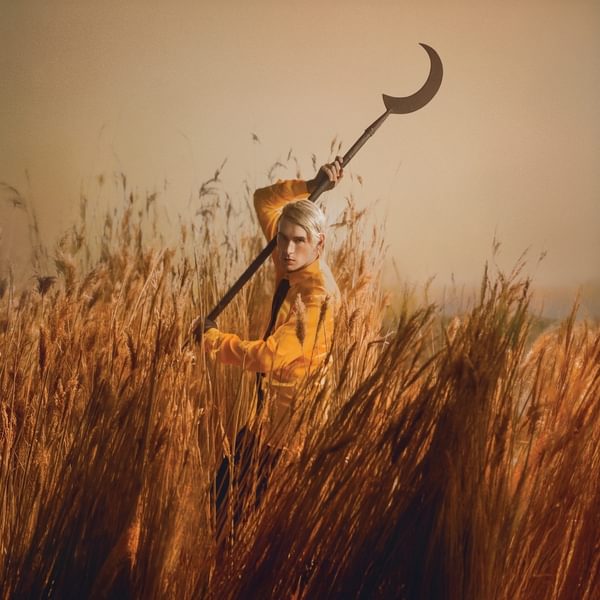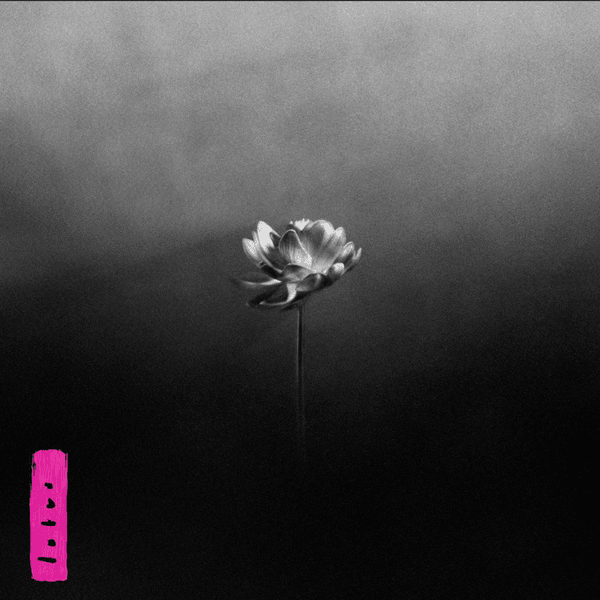"Death After Life"

Who else wants to know what a ‘thug entrancer’ is? The man behind the electronica act, Ryan McRyhew, sure isn’t giving any indication of the story behind his moniker. Maybe it’s some kind of electromagnet for delinquents, or a secretive pheromone that attracts petty criminals. Hmm.
Described as the “creative lynchpin in the Denver DIY scene”, McRyhew relocated to Chi-town for his Thug Entrancer project, in order to soak up the burgeoning scenes there and absorb some of the city’s rich dance history. With all the phenomenal hip-hop/rap/electronic noises emanating from Chicago lately, it seems like a move that would pay off handsomely – however, on McRyhew’s debut LP for new label Software Recording Co., Death After Life, he doesn’t so much channel the local zeitgeist as somehow, presumably unaware, create a kind-of sister album and companion piece to East India Youth’s Total Strife Forever.
Apparently there are elements of Chicago’s deep house and Juke styles floating around in the primordial noise, as well as McRyhew’s throwbacks to experimental dance composers of yesteryear, but more overtly, the record is dark. Like Laurel Halo or Gardland’s recent LPs, it’s avante-garde techno on the surface, and underneath is ambient darkwave gothtronica. It’s a nefarious soundscape McRyhew summons, as if a sonic conjurer begging occult’s royalty for endless gloom; a lot of the e-symphony (for there aren’t tracks, but movements) is nightmarish dissonance laced with 600bpm beats (or something), or throbbing off-kilter basslines, or flippant dynamic shifts. It alludes to dance music: repeated hooks, viral rhythms and bass-heavy sounds, but only the deranged Cravenites would go near the dancefloor when this is playing.
It feels redundant to dissect tracks individually here. They blend almost seamlessly into one another, using cloak’n’dagger subterfuge to morph from one sound to another, transitioning so subtly that you’d need to be scrutinising each note to notice (if you’re not looking at the iTunes display, that is). The music induces a trance-like state, and you’ll listen for hours, on a loop, without even realising the time has slipped away. It’s not that it fades into the background at all, but rather it hypnotises, and when you awaken from the catatonia, don’t be surprised if you find yourself miles from where you began.
Don’t be mistaken though – this is great, and McRyhew demands a role as a giant of electronica. Death After Life is so all-consuming in its portrayal of the shadow realms that you’ll struggle to escape. While it doesn’t exude the aura dance music tends to, it does beg movement and kinetic reactions, even if that’s a subtle head bob or toe tap with your hood up as you cling to the walls in some back alley. It’s wondrous in its captivating darkness, and it takes a special kind of record to ensnare you, especially when it’s as unnerving as this often is. Like tracks such as “Hinterland” on Total Strife Forever, the appeal lies in the intensity. It’s music that shakes you to your core, and even if you’re left frosty-hearted afterwards, you’ll be under the spell.
Get the Best Fit take on the week in music direct to your inbox every Friday

Patrick Wolf
Crying The Neck







